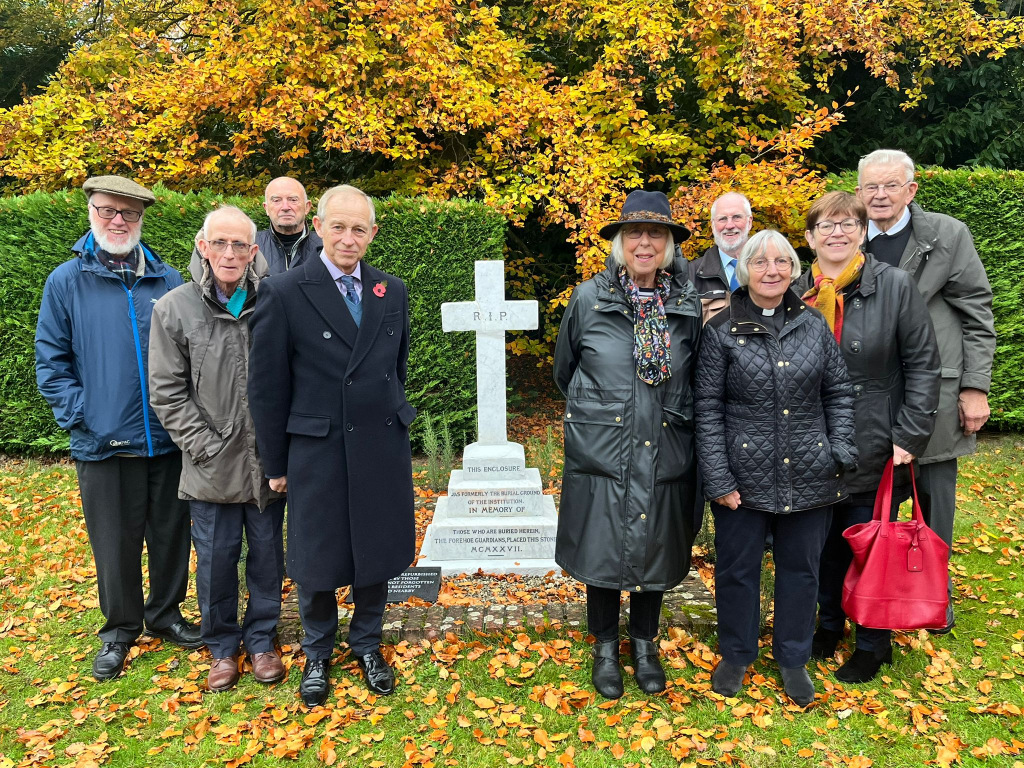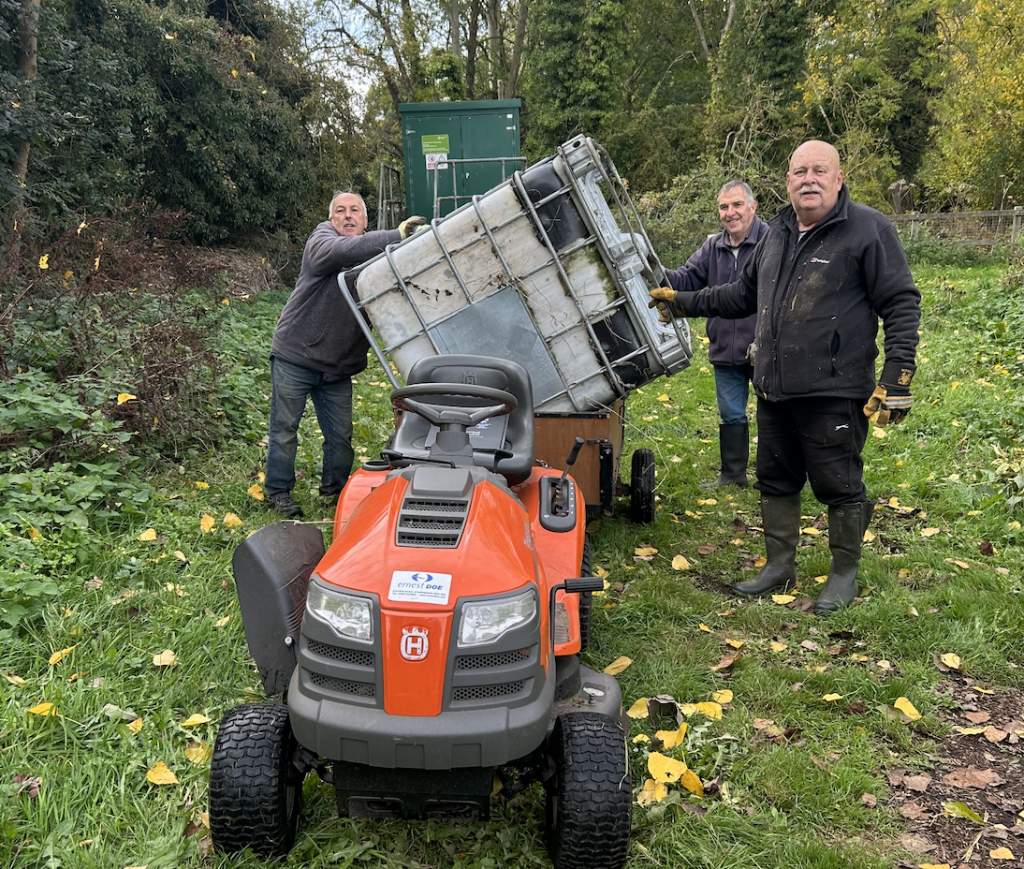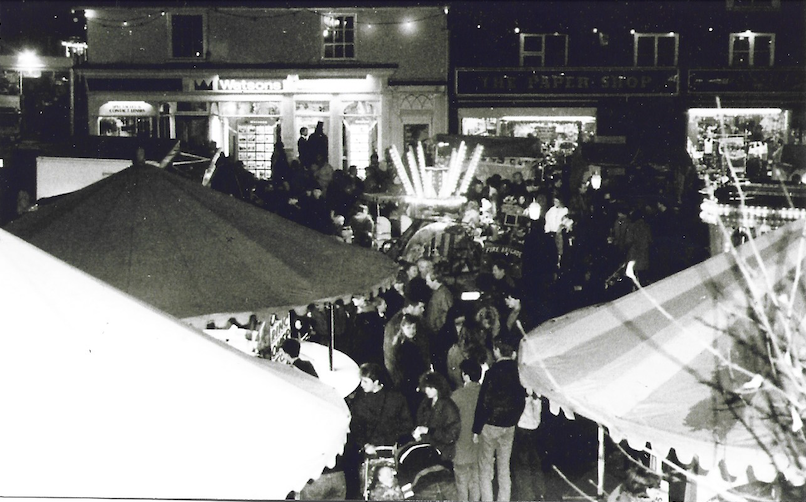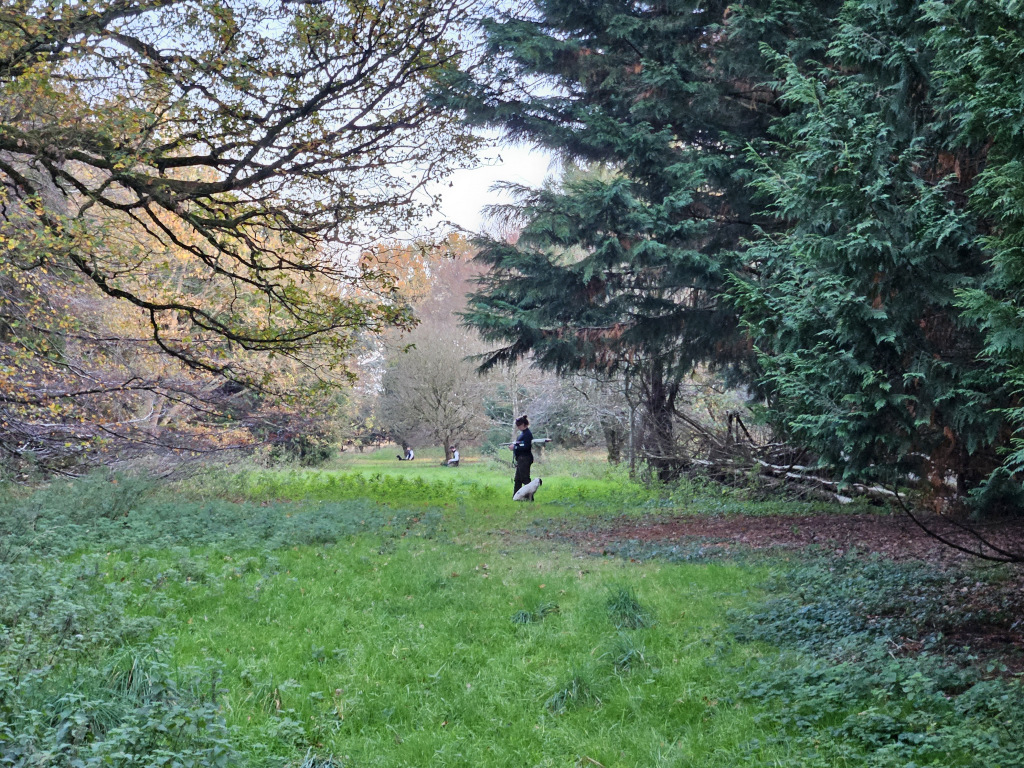Our mystery farmer in the Wymondham area takes a break from P11D returns to tell you what he’s been up to in the last month.
I’ve deliberately held off writing this entry until the last moment to ensure I could tell you just how grateful I, like countless gardeners, tradesmen and farmers across the land are, that IT HAS FINALLY RAINED.
The Environment Agency report that March 2025 was the driest on record in England since 1961. Our spring drilled crops were beginning to look distressed (a neighbour on lighter land reports that for him the damage has already been done). Fortunately, the barley and wheat drilled last winter has stood up well to the dry conditions for the most part and I hope we’ll see some more gentle, steady rain in the coming weeks.
Consider this though: in March 2024, we had had 127% of the long term average rainfall and in April and May we were rushing around trying to dig out/unblock ditches and dig relief channels to stop people’s houses from being overwhelmed with runoff. Can we have a “normal” April and May next year please?
With the important news out of the way, we turn in summary to news from the farming world.
The new series of Clarkson’s Farm starts tomorrow (for me, I write on 22nd May), it’s required viewing for all of us here, even if the realities don’t always match the presentation for entertainment purposes.
The NFU have scored a victory against DEFRA, by forcing them into “limited reopening” of 2025 SFI applications: having run out of money and abruptly shut them without warning back in March.

The Equipment & Technology Fund, another grant scheme closed without warning last year, will reopen at the end of this month and run until 10th July – this will match fund capital improvements for farmers to improve the environmental and operational efficiency of their operations. Or it will until the money gets allocated and they shut it again, presumably!
The house has been overrun by ants this month, presumably looking for food and water and not having been washed away by the rain. Accustomed as we are to livestock (and the livestock they attract in turn), it’s nonetheless frustrating to think you’ve got a clean kitchen floor only to find a trail of ants leading to the corner of the kitchen where your youngest dropped an ice lolly 3 weeks ago that you’d thought you’d cleaned up! Arguably perhaps they’re doing us a favour, although the kids are dropping food for the ants faster than we can clean it up!
I had the opportunity to meet with some European farming colleagues recently on a trip to Holland. It was strangely comforting to hear that our worries about the future of farming, from government policy, land prices and global events (hearing a Danish farmer’s laconic but unfailingly polite assessment of President Trump’s plans to annexe Greenland brought a smile to my face) to commodity prices and diseases are shared with our colleagues on the continent.
A Dutch farming family I’d met last year told me that they had sold 50 acres of their land in Holland and used the proceeds to buy 5,000 acres of land in Slovakia! The Dutch government is buying up farmland to help meet its environmental obligations (both for net zero and to reduce nutrient runoff from agricultural land, a problem we share in this part of Norfolk and which impacts on farming and construction).
They commute weekly between their two farms, a 13 hour drive door to door. It made me think about the possibilities and the future of our industry here, and the lengths one might go to secure one’s family’s livelihood. Perhaps I’ll be reporting in to you from Slovakia in 5 years’ time?
I’m sure I’d still be complaining about the weather and ants.















